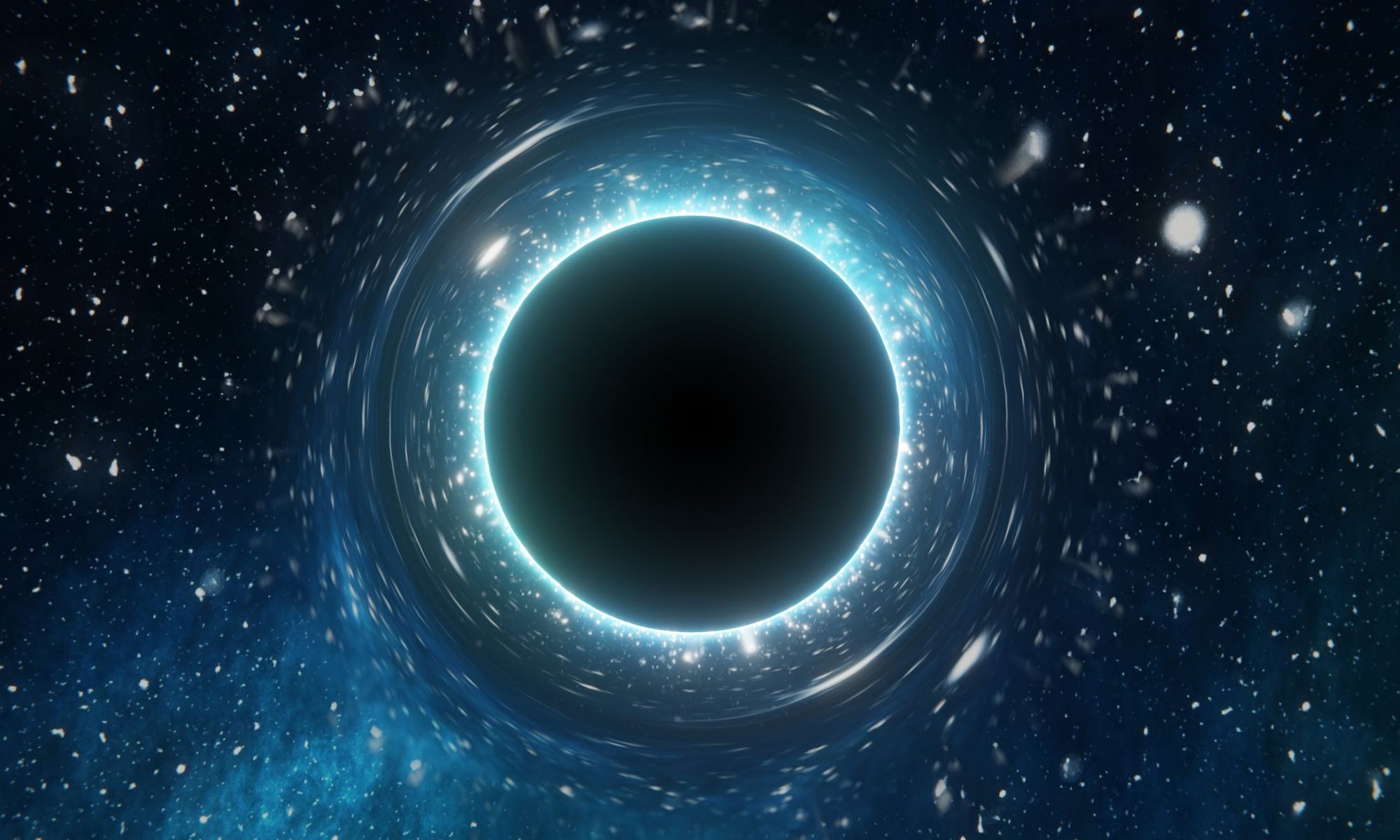There are a lot of amazing things in our Universe and a black hole is one of the most unknown. We don’t know for certain what happens inside a black hole and even the formation of supermassive black holes in the early universe is still being worked out. A group of physicists at Brookhaven National Laboratory have tackled this question and have come up with a possible solution to the mystery. The nature of dark matter may be resolved by their theory as well.
“The yet unanswered question of the nature of Dark Matter, and how primordial supermassive Black Holes could grow so fast in such a short amount of time are two pressing open questions in physics and astrophysics. Finding a common explanation for these observations is desirable and could provide us with insights into the inner workings of the Universe.”
Julia Gehrlein – Physicist at Brookhaven National Laboratory
Observations have shown that supermassive black holes may have formed in the early universe. According to our current understanding of how black holes form, there would not have been enough time for that to happen. Neither accretion (when matter falls into a black hole) nor galactic collisions can account for primordial supermassive black holes.
Theoretical physicists Hooman Davoudiasl, Peter Denton, and Julia Gehrlein developed a model that describes one possible solution using the idea of dark matter as being ultralight, with a mass that is 28 orders of magnitude lighter than the proton but possibly spanning light years per particle. “In our case we noticed that [ultrafaint dwarf galaxies] are showing some preliminary hints that dark matter may be ultralight” says Peter Denton. There is some evidence that the dark matter distribution of these galaxies is not sharp towards the center, as might be expected. Ultralight dark matter would be an explanation for this. “If the breadth of the dark matter distribution is comparable in all galaxies, then that could indicate that dark matter has a characteristic size and is ultralight.”

If dark matter is ultralight, then that could be the key to explain the formation of primordial supermassive black holes. The conditions needed for matter to collapse and form a black hole of supermassive size were just right “a few days after the Big Bang when the Universe had a temperature close to that of the Sun’s core,” according to Hooman Davoudiasl. This would be 15 million Kelvins, or 27 million degrees Fahrenheit. These temperatures would be needed for this particular type of matter to exist. Once the temperature of the Universe reached the right level, the pressure could have dropped to a very low level, allowing matter to collapse due to gravity. This would not happen with known particles, thus the idea of ultralight dark matter.
This collapsing of matter would cause gravitational waves. “Those waves have a characteristic shape, so we make a prediction for that signal and its expected frequency range” says Peter Denton. When next-generation pulsar timing arrays that are more sensitive come online they may be able to detect those waves and provide validation for the theory that dark matter is or may have been ultralight. Scientists could then put together more pieces of the puzzle to get a clearer understanding of dark matter, black holes, and our awesome universe.
More:
- Telescope Live: Ultrafaint dwarf galaxies
- Nasa: What is a black hole?
- Space.com: What is dark matter?

